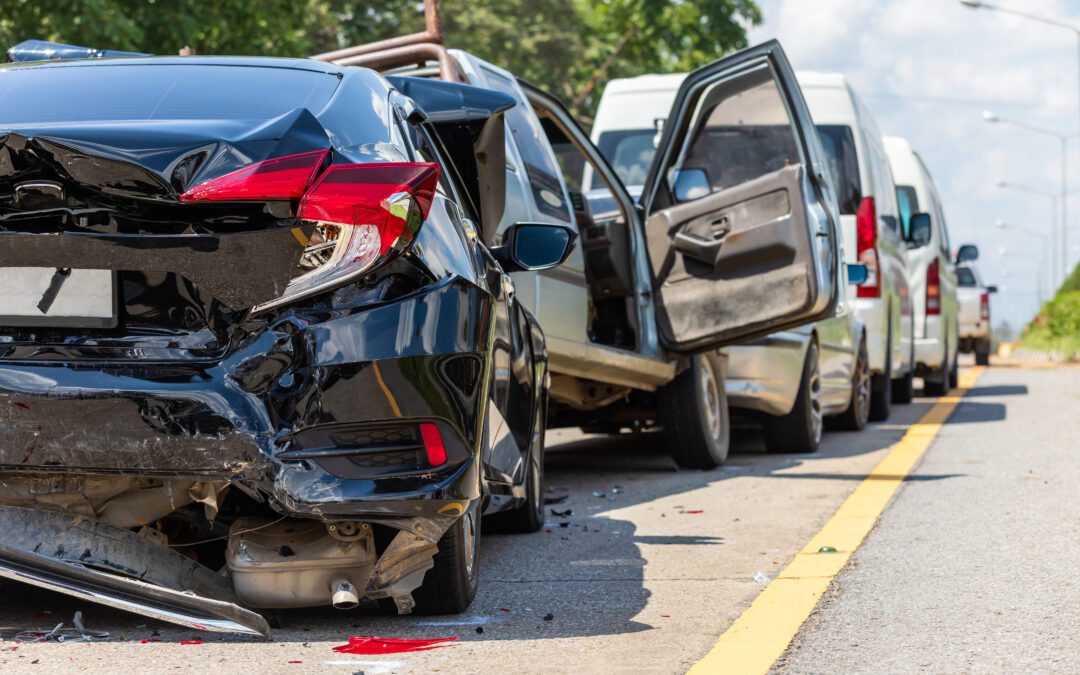Missouri’s highways are bustling corridors connecting cities, towns, and rural areas. While they are important for transportation, they also pose significant risks, such as multi-car accidents. These pile-ups can be chaotic, leaving drivers and passengers shaken, injured, or worse. Determining fault in these situations is complex, but understanding the nuances of liability can help drivers navigate the aftermath more confidently.
What Are Multi-Car Accidents?
Multi-car accidents, often called pile-ups, involve three or more vehicles in a single crash sequence. These accidents are common on Missouri highways due to factors like high traffic volume, varying speeds, and adverse weather conditions. A typical pile-up might start with a rear-end collision, which then sets off a chain reaction involving other vehicles. These accidents often result in significant emotional and physical damage. Victims might experience severe injuries, property loss, and mental anguish.
The Complexity of Determining Fault
Assigning fault in a multi-car accident isn’t as straightforward as in a two-vehicle collision. In these cases, the responsibility for the crash often lies with multiple parties. Missouri follows a “pure comparative fault” system, meaning that each driver involved can be assigned a percentage of fault based on their actions leading up to the accident.
For example, if Driver A was tailgating Driver B, and Driver B suddenly braked without signaling, both drivers might share fault. Adding a third or fourth driver to the equation complicates matters further. Was one driver speeding? Did another fail to maintain their lane? Questions like these need to be meticulously addressed to allocate liability fairly.
Key Factors That Influence Fault
Several factors play a role in determining fault in multi-car accidents. Among the most common are:
- Driver Behavior: Actions like speeding, texting while driving, or failing to yield can directly lead to pile-ups.
- Weather Conditions: Rain, fog, and ice frequently contribute to accidents on Missouri highways. While drivers can’t control the weather, they are expected to adjust their driving to suit road conditions.
- Road Design and Maintenance: Poorly marked lanes, sharp curves, or potholes may exacerbate the risk of multi-car collisions.
Evidence is critical to assessing these factors. Investigators rely on skid marks, vehicle damage, dashcam footage, and witness statements to piece together what happened.
How Missouri Courts View Multi-Car Accidents
Missouri courts typically rely on a combination of evidence and expert testimony to determine fault in multi-car accidents. Insurance companies also conduct their investigations, which may involve accident reconstruction specialists. However, their primary goal is to minimize payouts, which might not always align with a victim’s best interests.
For instance, if you were caught in a pile-up, the insurance company might argue that your sudden braking contributed to the crash. Without legal representation, you could shoulder more blame than you deserve, reducing the compensation you’re entitled to.
Why Legal Representation Matters
Given the intricacies of multi-car accident cases, having a lawyer by your side can make all the difference. An experienced attorney can:
- Protect Your Rights: Your lawyer makes sure you’re treated fairly and advocates for your innocence when you’re not at fault.
- Gather Evidence: From traffic camera footage to police reports, a lawyer knows how to compile and present evidence effectively.
- Negotiate Settlements: Insurance companies often push for quick, lowball settlements. A lawyer fights for the compensation you truly deserve.
If you or a loved one has been involved in a pile-up, don’t face the aftermath alone. Our team at Craig J. Concannon, P.C. specializes in untangling the complexities of multi-car accidents. Contact us at (314) 421-3329 or fill out this form to arrange your free consultation today!

